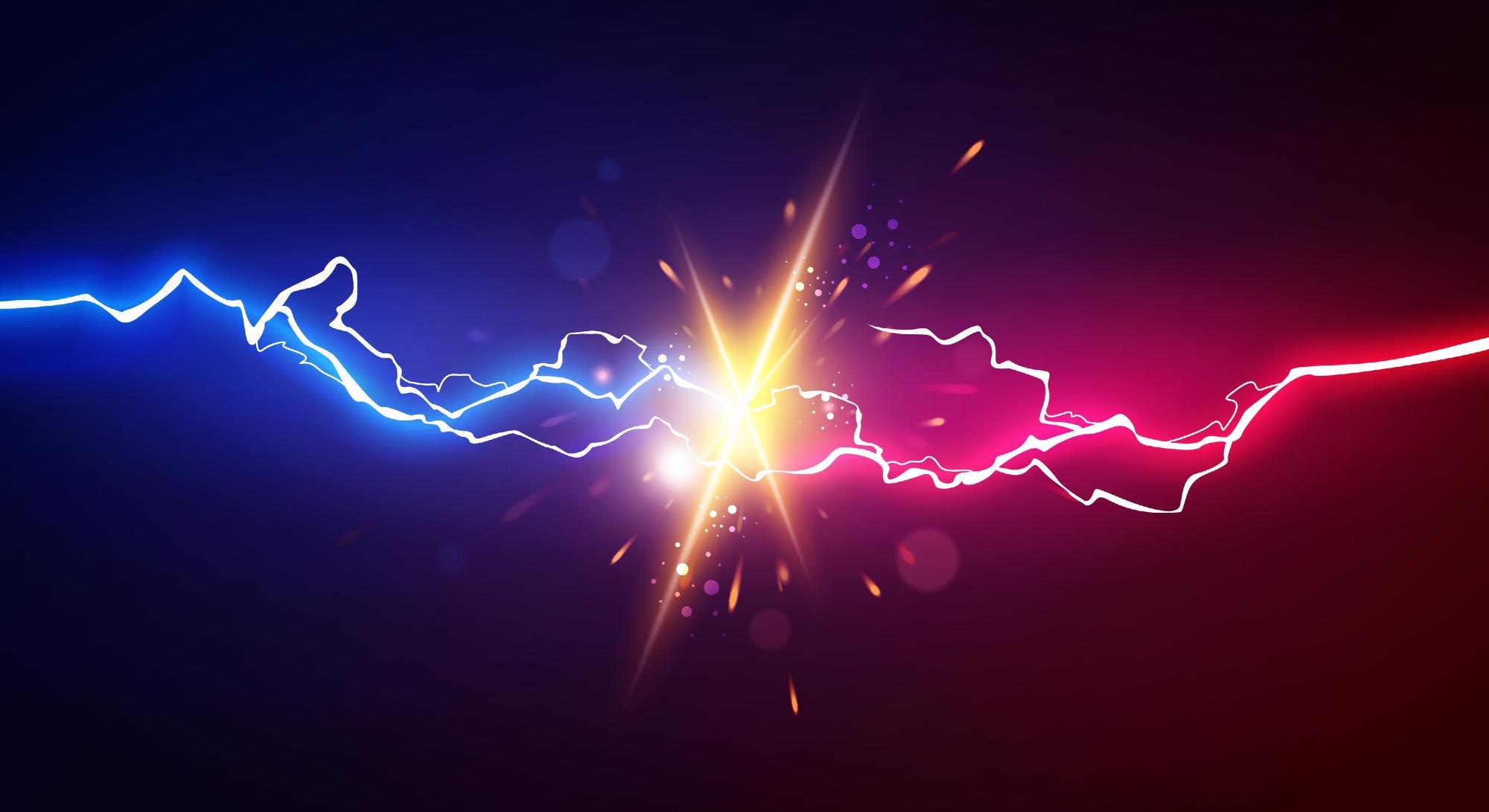In a paper available as a pre-proof in the journal Materials Letters, researchers demonstrated the feasibility of using CuMn2O4 hierarchical microspheres compounds to prepare electrodes in supercapacitors (SCs).

Study: CuMn2O4 hierarchical microspheres as remarkable electrode of supercapacitors. Image Credit: Zoa.Arts/Shutterstock.com
Background
Spinel compounds are considered suitable for applications related to electron/ion diffusion owing to their three-dimensional (3D) structure. The hierarchical structure in spinal compounds provides a characteristic size effect, stable structure, and short electron/ion transportation length, as well as facilitates fast penetration of electrolytes. Thus, these compounds are considered suitable for applications in SCs.
Among spinel compounds, high-performance spinel copper manganese oxide (CuMn2O4) hierarchical microspheres are the most suitable for SC applications.
CuMn2O4 is typically applied in sensing and catalysis-related applications. Recently, CuMn2O4 has gained wide attention as one of the potential candidates as an electrode in next-generation SCs owing to its ease of fabrication, electrochemical potential, good conductivity, low cost, and eco-friendly nature.
Different synthesis methods, such as coprecipitation, electrospinning, hydrothermal, and low-temperature spinning, are used to synthesize CuMn2O4 powder. However, the synthesis of the CuMn2O4 hierarchical structure with exceptional electrochemical performance is still extremely challenging.
The Study
In this study, researchers synthesized CuMn2O4 hierarchical microspheres using nano/micro manganese carbonate (MnCO3) precursors and evaluated the feasibility of using the microspheres as electrodes in SCs.
Initially, the MnCO3 precursor and a stoichiometric amount of copper acetate (Cu(CH3COO)2·4H2O) were dispersed in acetone (C3H6O) under sonication in order to obtain a uniformly distributed suspension. Subsequently, the C3H6O was evaporated, and the residue mixture was annealed for 8 h in the air at 750oC to collect the final sample containing CuMn2O4 in form of a slurry mixture.
The X-ray diffraction (XRD) method was used to determine the phase of the synthesized CuMn2O4 powder, while the morphology, size, and composition of the powder were evaluated using field emission scanning electron microscopy (FESEM). Current-voltage (C-V) curves were obtained at different scan rates of 80, 50, 30, 20, and 10 mV s−1 in the range of 0.0-0.45 V.
A three-electrode system was employed for the SCs test. The working electrode comprised 10 wt% polytetrafluoroethylene, 10 wt% carbon black, and 80 wt% active material, and the slurry mixture was coated on the nickel (Ni) foam and heated overnight in the air at 110oC to prepare the working electrode.
Silver/silver chloride (Ag/AgCl) and platinum (Pt) wire were used as the reference electrode and counter electrode, respectively. 3 M potassium hydroxide (KOH) aqueous solution was utilized as an electrolyte for the test, while Autolab PGSTAT302 was employed as an electrochemical workstation.
Researchers also investigated the practical application of their synthesized CuMn2O4 powder by constructing asymmetric supercapacitors (ASCs) and evaluating their performance. The CuMn2O4 and active carbon were coated on the Ni foam and used as positive and negative electrodes, respectively.
Observations
Both CuMn2O4 powder and the working electrode using the powder were synthesized successfully. In the XRD pattern obtained for the CuMn2O4 powder, all diffraction peaks were indexed to the CuMn2O4 cubic phase and no impurity peaks were observed. The sharp peaks in the pattern indicated a good crystal structure of the powder. The particles in the powder displayed a uniform spherical shape with 0.5-0.9 μm diameter.
Additionally, several pores were observed in the particles owing to the release of water and carbon dioxide during the thermal decomposition reactions of the Cu(CH3COO)2·4H2O and MnCO3 precursor. Observations from the SEM image verified the presence of only oxygen (O), manganese (Mn), and copper (Cu) elements in the CuMn2O4 powder.
Distinct redox peaks were observed in the C-V curves, indicating the pseudocapacitive characteristics of the CuMn2O4 powder. The curves displayed bigger enclosed areas and more quasi-rectangular shapes with the increasing scan rates, which indicated a usual fast discharging/charging process and ideal electrical double-layer capacitance behavior.
The specific capacitances at 80, 50, 30, 20, and 10 mV s−1 scan rates were 134.4, 195.9, 212.1, 316, and 404.1 F g-1, respectively. The lower scan rates increased the reactivity between the CuMn2O4 and the electrolyte, and provided more time required for the diffusion/penetration of electrolyte ions, which resulted in higher capacitance.
The galvanostatic discharge/charge curves at different current densities also indicated a distinct pseudocapacitive behavior. The specific discharge capacitances were 368.8, 392.7, 457.7, 640.7, and 657 F g-1 at 5, 4, 3, 2, and 1 A g-1, respectively, which is higher compared to other CuMn2O4 and CuMnO2 particles. At 3 A g-1, the capacitance retention was 96% after 3000 cycles.
The unique nano/microporous structure was responsible for the exceptional cycling stability. Additionally, the carbon demonstrated superior conductivity, which improved the overall electrochemical performance of the structure.
C-V curves of the ASCs at various scan rates displayed stable characteristics when the scan rates were increased, while the galvanostatic discharge/charge curves displayed non-linear behaviors. The specific capacitances of the ASC were 71.7, 75.8, 88, 110.5, and 134.7 F g-1 at 10, 8, 5, 3, and 2 A g-1, respectively.
To summarize, the findings of this study demonstrated that CuMn2O4 hierarchical microspheres can be effectively used in the preparation of electrodes in SCs.
Reference
Lai, G., Cheng, Y., Cheng, C. (2022) CuMn2O4 hierarchical microspheres as remarkable electrode of supercapacitors. Materials Letters https://www.sciencedirect.com/science/article/pii/S0167577X22004554?via%3Dihub
Disclaimer: The views expressed here are those of the author expressed in their private capacity and do not necessarily represent the views of AZoM.com Limited T/A AZoNetwork the owner and operator of this website. This disclaimer forms part of the Terms and conditions of use of this website.